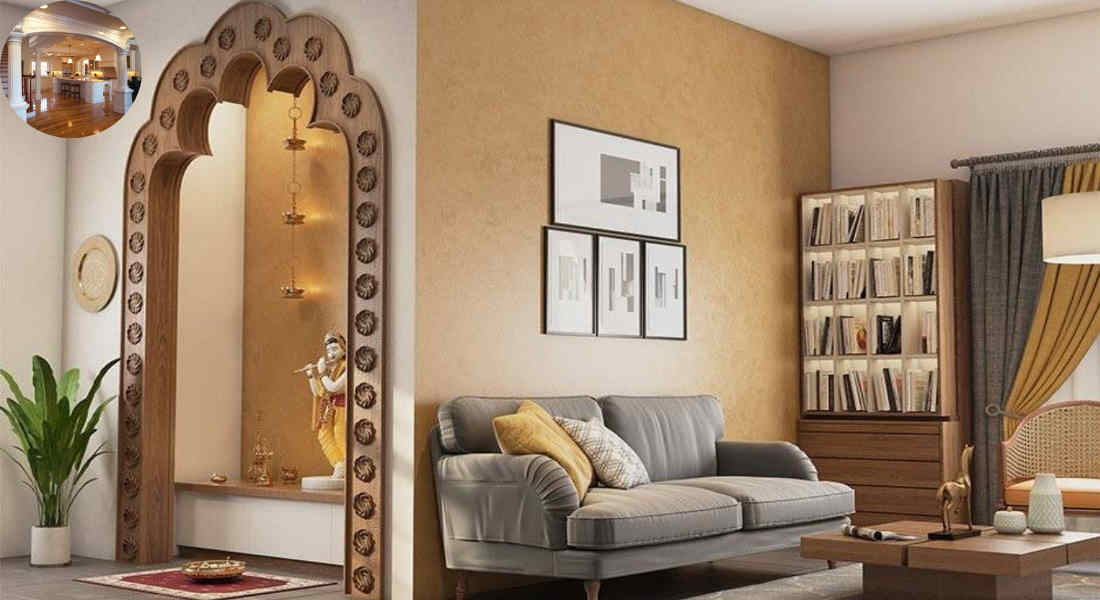Discovering the best architectural supports for your home is essential to creating a safe, functional, and aesthetically pleasing living space. Architectural supports-such as walls, floors, ceilings, and roofs-form the backbone of your home’s structure, providing stability and defining its character. Beyond their fundamental role in bearing loads and protecting the interior, these elements also influence energy efficiency, comfort, and design expression. Selecting the right types of supports and materials tailored to your home’s needs ensures durability, sustainability, and harmony with your architectural vision. This guide will help you explore the most effective architectural supports to enhance your home’s structure and style.
Types of architectural supports
Architectural supports come in various forms, each serving a unique purpose. Columns are perhaps the most recognizable type. They can be seen holding up roofs and providing that classic touch to any space.
Then there are beams, which stretch across openings to bear weight from above. Their strength is crucial for maintaining structural integrity.
Arches also play a vital role in support systems. Not only do they provide stability, but their curved design adds an aesthetic flair to doorways and windows.
This allows for innovative designs like overhanging balconies or decks.
Trusses use triangular units to distribute loads evenly across structures, making them perfect for larger spans like bridges or tall buildings. Each of these elements contributes significantly to both function and style in architectural design.
Benefits of using architectural supports in your home
Architectural supports play a crucial role in enhancing both the aesthetics and functionality of your home. By providing structural integrity, they ensure that your space remains safe and secure.
An ordinary room can be transformed into something extraordinary with these elements. They add character and charm, making each area feel more inviting.
Using architectural supports can also improve energy efficiency. Strategically placed beams or columns help distribute weight effectively, reducing stress on walls and ceilings.
From traditional to modern styles, there’s an architectural support that fits every aesthetic preference.
Incorporating them into your home can elevate property value as well. Homebuyers often appreciate unique designs that not only look good but also serve a purpose.
You may also read (why physics matters in designing functional homes).
Factors to consider when choosing the right architectural support for your home
Choosing the right architectural support for your home involves several key factors. First, consider the structural integrity of your building. The support you select must align with existing loads and stresses.
Next, think about aesthetics. Architectural supports can enhance your home’s style; they should complement both interior and exterior designs seamlessly. Whether you’re opting for classic columns or modern beams, visual appeal matters.
Material selection is crucial too. Wood provides warmth, while steel offers strength and durability. Weighing the pros and cons of each material will influence your decision significantly.
Don’t overlook local building codes and regulations either. Compliance ensures safety as well as legality in construction projects.
Budget constraints play a pivotal role in this process. Determine how much you’re willing to invest before exploring options further to avoid overspending later on.
Top 5 architectural support options for your home
When it comes to enhancing your home’s structure, several architectural support options stand out.
First up are columns. These sturdy pillars not only provide essential support but also add elegance to any space.
Next, consider beams. They span large openings and distribute weight effectively while allowing for open floor plans.
Trusses come in third place. Their triangular design maximizes strength and stability, making them perfect for roofs and larger structures.
Arches serve both aesthetic and functional purposes.They beautifully redirect weight to create stunning entryways or passageways throughout your home.
Each option serves a unique purpose while elevating the overall design of your living space.
You may also read (viking house in minecraft).
How to incorporate architectural supports into your home design
Incorporating architectural supports into your home design can significantly enhance both aesthetics and functionality. Start by identifying the areas where you need additional strength or support, such as around arches or large openings.
Choose supports that align with your overall design theme—traditional, modern, or rustic. For instance, wooden beams can add warmth to a cozy cottage-style home while steel supports might be ideal for a minimalist industrial look.
Consider using decorative brackets or corbels under shelves and countertops to provide visual interest while supporting weight. In addition to serving practical purposes, these elements also serve as stylish accents.
Don’t forget about symmetry; incorporating balanced architectural supports on either side of an opening creates harmony in the space. When designing outdoor spaces, columns can anchor patios or porches elegantly.
Consulting with an architect or designer will ensure that your selections are structurally sound and visually appealing. This thoughtful integration of architectural supports allows you to create a unique space tailored to your needs and style preferences.
You may also read (what is the texas am home architecture acceptance rate).
